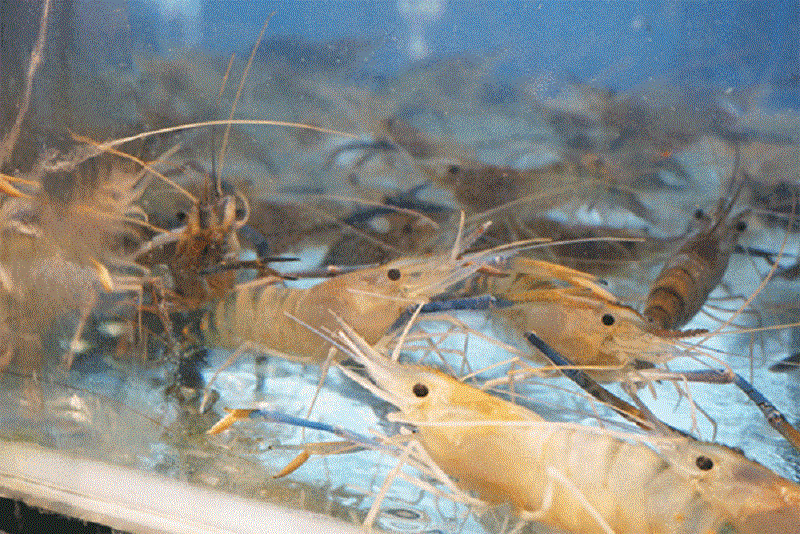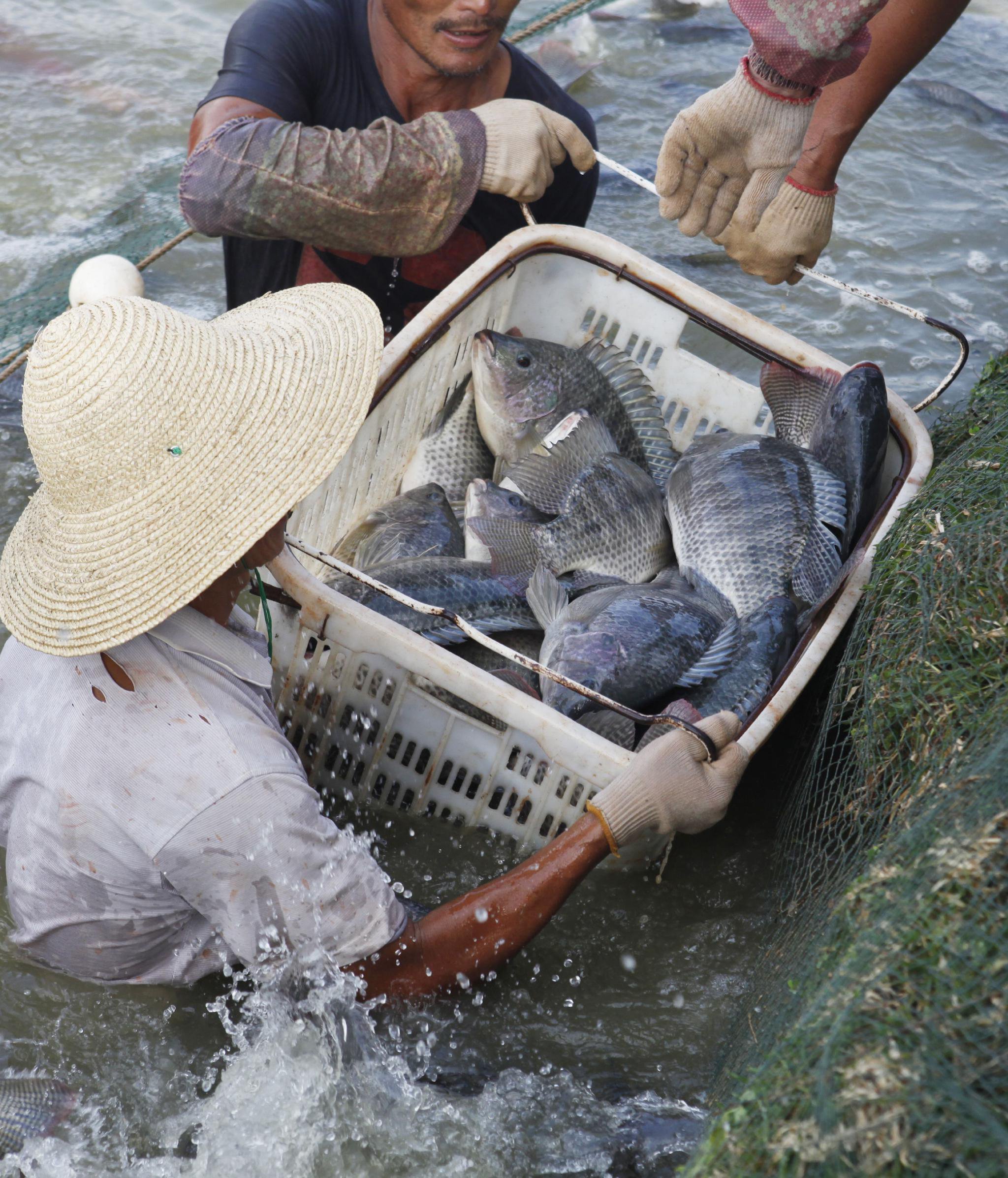Potassium diformate, as a new feed additive, has demonstrated significant application potential in the aquaculture industry in recent years. Its unique antibacterial, growth-promoting, and water quality-improving effects make it an ideal alternative to antibiotics.
1. Antibacterial Effects and Disease Prevention
The antibacterial mechanism of potassium diformate primarily relies on the formic acid and formate ions released in the animal's digestive tract. Research indicates that when the pH is below 4.5, potassium diformate can release formic acid molecules with strong bactericidal effects. This property exhibits significant inhibitory effects on common pathogenic bacteria in aquatic animals, such as Aeromonas hydrophila and Edwardsiella. For instance, in experiments with Pacific white shrimp farming, adding 0.6% potassium formate to feed increased shrimp survival rates by 12%-15% while reducing intestinal inflammation incidence by approximately 30%. Notably, the antibacterial efficacy of potassium diformate is dose-dependent, but excessive addition may affect palatability. The recommended dosage generally ranges from 0.5% to 1.2%.
2. Promote growth and feed conversion
Potassium diformate enhances the growth performance of aquatic animals through multiple pathways:
-Reduce the pH value of the digestive tract, activate pepsinogen, and improve protein digestion rate (experimental data shows that it can increase by 8% -10%);
-Inhibit harmful bacteria, promote the proliferation of beneficial bacteria such as lactic acid bacteria, and improve the balance of intestinal microbiota;
-Enhance mineral absorption, especially the utilization efficiency of elements such as calcium and phosphorus. In carp farming, adding 1% potassium diformate can increase daily weight gain by 6.8% and reduce feed efficiency by 0.15%. The aquaculture experiment of South American white shrimp also showed that the experimental group had an 11.3% increase in weight gain rate compared to the control group.
3. Water quality improvement function
The metabolic end products of potassium diformate are carbon dioxide and water, which do not remain in the aquaculture environment. Its antibacterial effect can reduce the emission of pathogenic bacteria in feces, indirectly reducing the concentration of ammonia nitrogen (NH ∝ - N) and nitrite (NO ₂⁻) in water. Research has shown that the use of potassium diformate feed in aquaculture ponds reduces the total nitrogen content of the water by 18% -22% compared to the conventional group, which is particularly important for high-density aquaculture systems.
4. Application security assessment
1. Toxicological safety
Potassium diformate is listed as a "residue free" feed additive by the European Union (EU registration number E236). The acute toxicity test showed that its LD50 to fish is greater than 5000 mg/kg body weight, which is a practically non-toxic substance. In the 90 day subchronic experiment, grass carp fed feed containing 1.5% potassium diformate (3 times the recommended dose) without any liver or kidney dysfunction or histopathological changes. It is worth noting that there are differences in the tolerance of different aquatic animals to potassium diformate, and crustaceans (such as shrimp) usually have higher tolerance concentrations than fish.
2. Organizational residues and metabolic pathways
Radioisotope tracing studies have shown that potassium diformate can be completely metabolized in fish within 24 hours, and no prototype residue can be detected in the muscles. Its metabolic process does not produce toxic intermediates and meets food safety requirements.
3. Environmental safety
Potassium diformate can be rapidly degraded in natural environments with a half-life of approximately 48 hours (at 25 ℃). The ecological risk assessment shows that there is no significant impact on aquatic plants (such as Elodea) and plankton under conventional usage concentrations. However, it should be noted that in soft water environments (total hardness<50 mg/L), the dosage should be appropriately reduced to avoid pH fluctuations.
4. Seasonal usage strategy
It is recommended to use it in the following scenarios:
-High temperature season (water temperature>28 ℃) is a high-risk period for diseases;
-When the water load is high in the middle and later stages of aquaculture;
-During stress periods such as transferring seedlings to ponds or dividing them into ponds.
Potassium diformate, with its multiple functions and safety, is reshaping the disease prevention and control system in aquaculture.
In the future, it is necessary to strengthen industry university research cooperation, improve application technology standards, and promote the establishment of a full process solution from feed production to aquaculture terminals, so that this green additive can play a greater role in ensuring the safety of aquatic animals and promoting sustainable development.
Post time: Nov-06-2025









